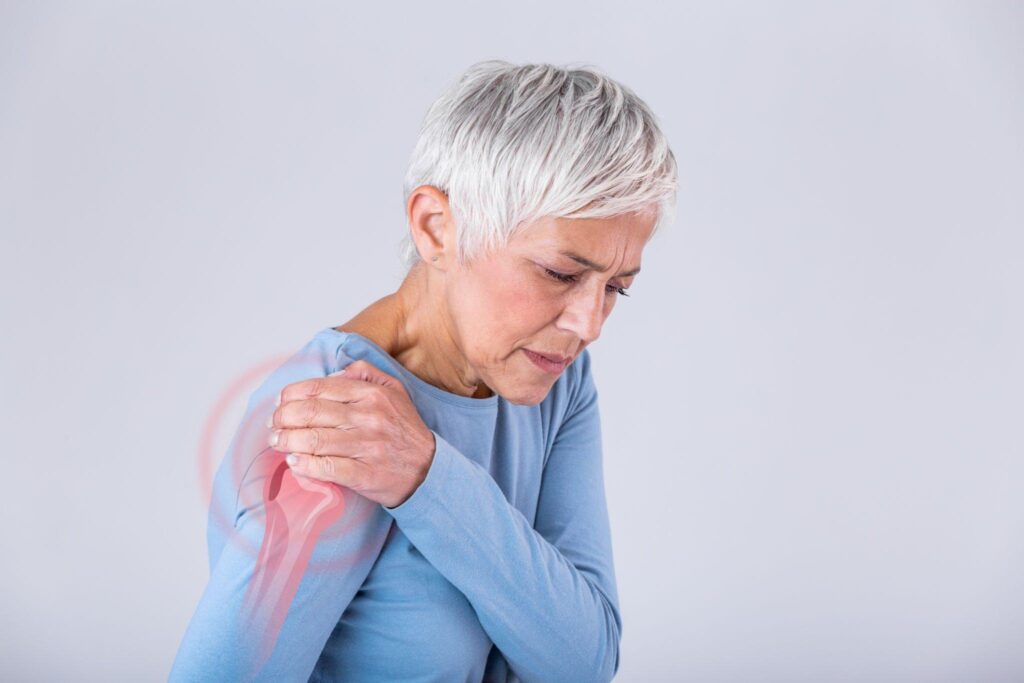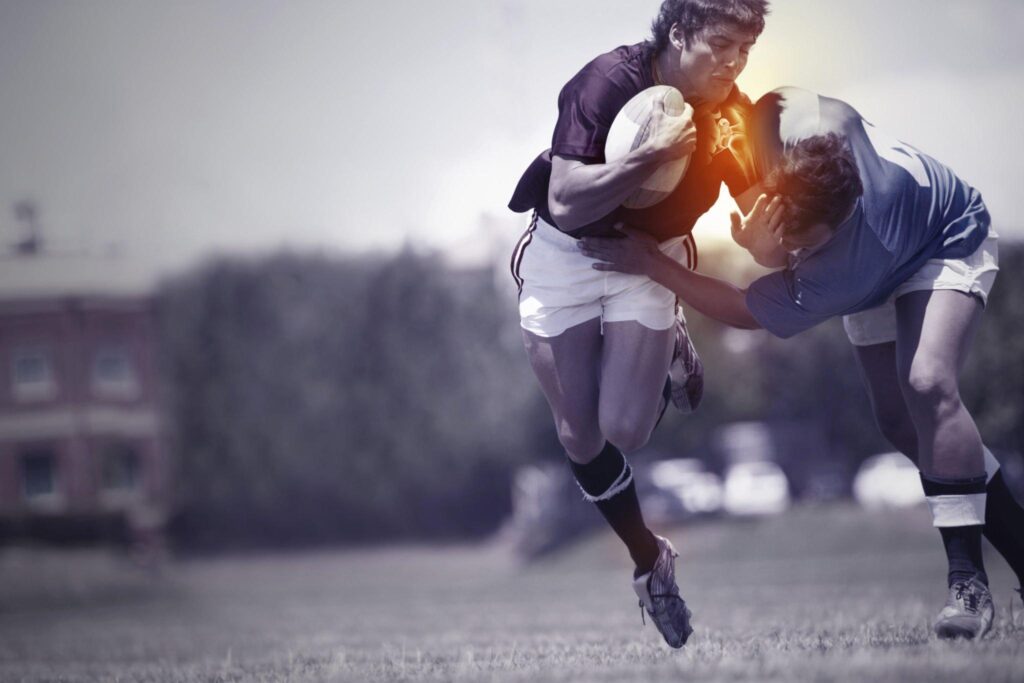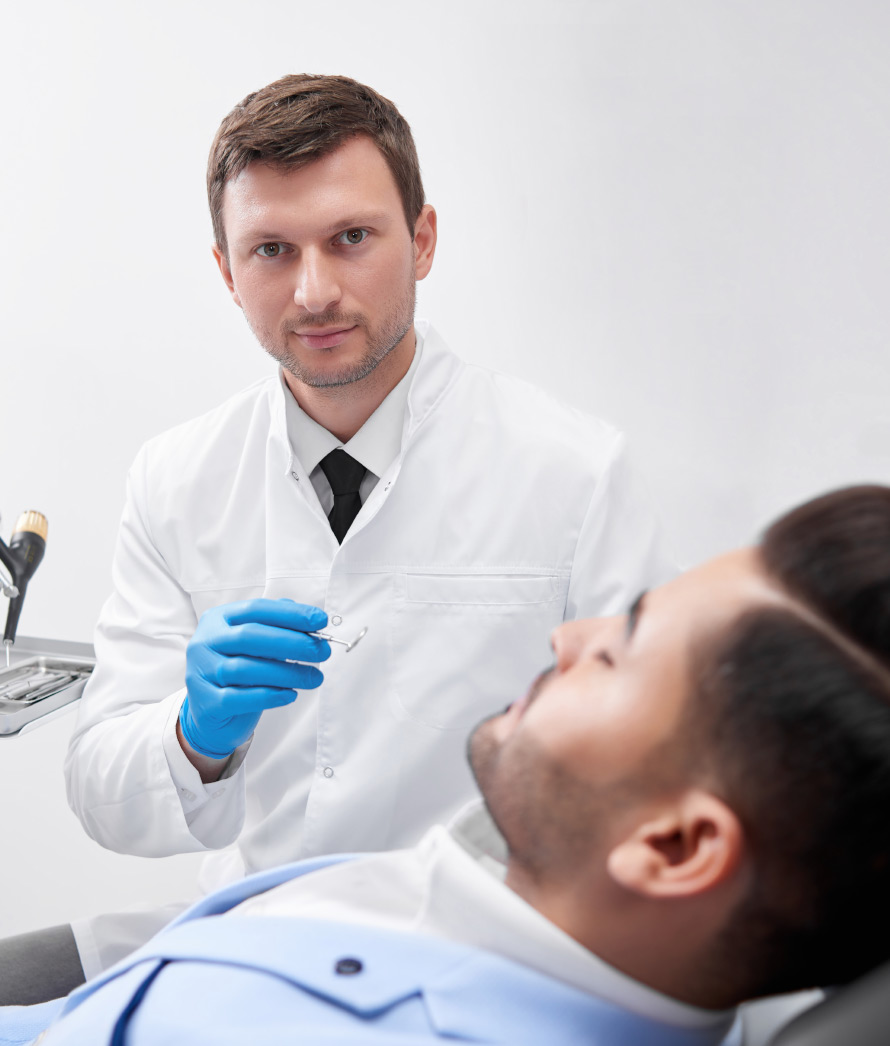Trauma Management
Geriatric Fractures
Geriatric fractures are often caused by falls, osteoporosis, medical conditions, medications, and trauma, and can be prevented by managing risk factors.
What is Geriatric Fractures
Geriatric fractures refer to fractures that occur in older adults, typically those over the age of 65. These fractures can occur due to a combination of age-related changes in bone density and strength, as well as other factors such as falls, medical conditions, and medications.
TYPES OF GERIATRIC FRACTURES
Here are some common types of geriatric fractures:
Hip Fractures: These are one of the most common types of geriatric fractures and occur when the upper part of the femur (thigh bone) breaks near the hip joint.
Vertebral Fractures: These occur in the bones of the spine and can cause severe pain, loss of height, and spinal deformity.
Wrist Fractures: These are common in older adults who fall onto an outstretched hand, resulting in a fracture of one of the bones in the wrist.
Pelvic Fractures: These occur in the bones of the pelvis and can cause significant pain, difficulty walking, and loss of independence.
Fractures of the Proximal Humerus: These occur in the upper part of the arm bone near the shoulder joint and are often caused by a fall onto an outstretched hand or shoulder.
Ankle Fractures: These occur when one of the bones in the ankle joint is broken, often as a result of a fall or twisting injury.
Rib Fractures: These occur when one or more of the bones in the rib cage are broken, often as a result of a fall or direct impact to the chest.
CAUSES
These fractures can be caused by a variety of factors, including:
Falls: Falls are a common cause of geriatric fractures, accounting for over 90% of hip fractures in older adults. Falls may occur due to a variety of factors, including impaired mobility, balance, and coordination, medication use, vision and hearing loss, and environmental hazards.
Osteoporosis: Osteoporosis is a condition characterized by a loss of bone density and strength, making bones more susceptible to fractures. It is more common in older adults, particularly women, and can increase the risk of fractures in the spine, hip, and other bones.
Other medical conditions: Certain medical conditions, such as cancer, kidney disease, and hyperthyroidism, can increase the risk of fractures by weakening bones or impairing mobility.
Medications: Certain medications, such as corticosteroids and anticoagulants, can increase the risk of fractures by affecting bone density, balance, and coordination.
Trauma: Traumatic injuries, such as those caused by motor vehicle accidents or sports injuries, can also cause geriatric fractures.
TREATMENT
Here are some common treatments for geriatric fractures:
Surgery: For more severe fractures such as hip fractures or fractures that involve joint displacement, surgery may be necessary to realign and stabilize the broken bone. Surgical techniques may include internal fixation, such as pins, screws, or plates, or joint replacement surgery.
Immobilization: For less severe fractures, immobilization with a cast or brace may be sufficient to allow the bone to heal.
Pain management: Pain medication such as acetaminophen, nonsteroidal anti-inflammatory drugs (NSAIDs), or opioids may be prescribed to manage pain.
Rehabilitation: After the fracture has healed, rehabilitation may be necessary to regain strength, mobility, and function. This may include physical therapy, occupational therapy, or both.
Osteoporosis treatment: For fractures that are caused by osteoporosis, treatment to manage or prevent osteoporosis may be recommended to reduce the risk of future fractures. This may include medications to improve bone density, calcium and vitamin D supplements, and lifestyle changes such as regular exercise and a healthy diet.
PRECAUTIONS TO BE TAKEN
Here are some precautions that can help reduce the risk of geriatric fractures:
Exercise regularly: Regular exercise, including weight-bearing and balance exercises, can help improve bone strength, balance, and coordination, reducing the risk of falls and fractures.
Modify the living environment: Making home modifications such as adding grab bars, non-slip mats, and removing tripping hazards can help reduce the risk of falls and fractures.
Wear proper footwear: Wearing properly fitting, sturdy shoes with good traction can help prevent falls and fractures.
Review medications: Certain medications, such as sedatives and sleeping pills, can increase the risk of falls and fractures. Reviewing medications with a healthcare provider can help identify and manage medication-related risks.
Maintain good nutrition: Eating a healthy, balanced diet rich in calcium and vitamin D can help improve bone health.
Consider osteoporosis screening: Osteoporosis screening can help identify individuals at risk for fractures and guide treatment to prevent fractures.
Get regular vision and hearing checkups: Good vision and hearing can help reduce the risk of falls and fractures.
Wear protective gear: When engaging in activities with a risk of falling, such as cycling or skating, wearing protective gear such as helmets can help reduce the risk of head injuries.
By taking these precautions, older adults can help reduce the risk of falls and fractures, improving their overall health and quality of life.


FAQ
General Question
We help you clear up your doubts
Diagnosed through a combination of physical examination, medical history, and imaging tests such as X-rays, CT scans, or MRIs.
The symptoms of a geriatric fracture may include pain, swelling, bruising, and difficulty moving the affected area. In some cases, there may be deformity or a visible abnormality in the affected area.
The recovery time for a geriatric fracture depends on the type and severity of the fracture, as well as the overall health and medical history of the patient. Recovery may take weeks to months and may involve rehabilitation to regain strength and mobility.

Testimonial
What Customer Says

Entrepreneur
Lorem ipsum dolor sit amet, consectetur adipiscing elit, sed do eiusmod tempor incididunt ut labore et dolore magna aliqua

Manager
Lorem ipsum dolor sit amet, consectetur adipiscing elit, sed do eiusmod tempor incididunt ut labore et dolore magna aliqua

HR Manager
Lorem ipsum dolor sit amet, consectetur adipiscing elit, sed do eiusmod tempor incididunt ut labore et dolore magna aliqua

HR Manager
Book Now
Make An Appointment
Opening Hours
- 08.00 AM - 20.00 PM
- 08.00 AM - 17.00 PM
- 09.00 AM - 17.00 PM
- 09.00 AM - 18.00 PM
Stay Connected with Orthopedics Kerala
This website uses cookies to provide you with the best browsing experience.


Lorem ipsum dolor sit amet, consectetur adipiscing elit, sed do eiusmod tempor incididunt ut labore et dolore magna aliqua